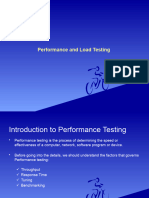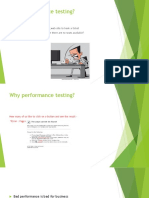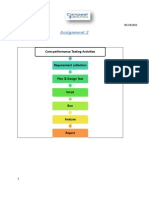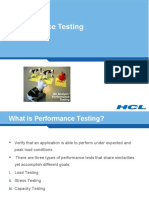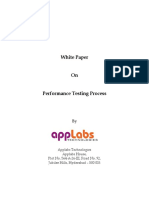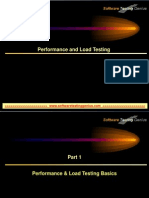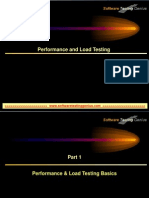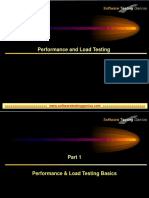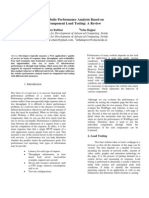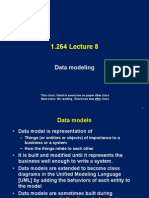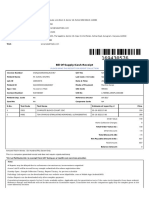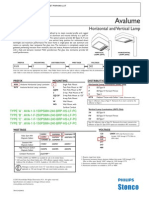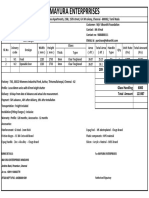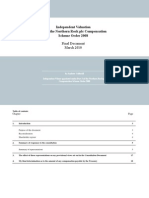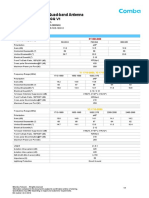0% found this document useful (0 votes)
15 views13 pagesModule 3 Performance Testing Lifecycle (PTLC)
The Performance Testing Lifecycle (PTLC) outlines essential phases for ensuring an application's performance before going live, starting with a Proof of Concept (POC) to validate testing tools. It emphasizes the importance of gathering Non-Functional Requirements (NFRs) to define performance goals, creating a Test Strategy or Plan to organize testing efforts, and simulating realistic user behavior through Workload Modeling and Load Profiling. The lifecycle culminates in Test Execution, where prepared tests are run in a controlled environment to assess application performance under load.
Uploaded by
noushidadaCopyright
© © All Rights Reserved
We take content rights seriously. If you suspect this is your content, claim it here.
Available Formats
Download as PDF, TXT or read online on Scribd
0% found this document useful (0 votes)
15 views13 pagesModule 3 Performance Testing Lifecycle (PTLC)
The Performance Testing Lifecycle (PTLC) outlines essential phases for ensuring an application's performance before going live, starting with a Proof of Concept (POC) to validate testing tools. It emphasizes the importance of gathering Non-Functional Requirements (NFRs) to define performance goals, creating a Test Strategy or Plan to organize testing efforts, and simulating realistic user behavior through Workload Modeling and Load Profiling. The lifecycle culminates in Test Execution, where prepared tests are run in a controlled environment to assess application performance under load.
Uploaded by
noushidadaCopyright
© © All Rights Reserved
We take content rights seriously. If you suspect this is your content, claim it here.
Available Formats
Download as PDF, TXT or read online on Scribd
/ 13

